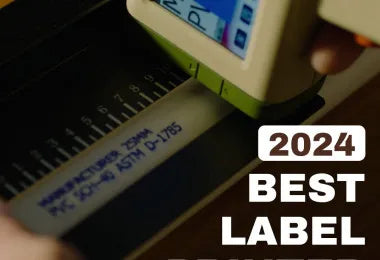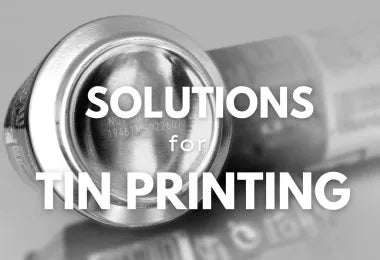In our previous exploration of the "Differences Between CIJ and TIJ Printers", we delved into the distinct features and applications of these two popular printing technologies. Building on that foundation, it's important to understand why an increasing number of businesses are considering a switch from Continuous Inkjet (CIJ) to Thermal Inkjet (TIJ) printers. This transition is not just about adapting to new technology; it's a strategic move towards enhancing operational efficiency and print quality. In this article, we will uncover the multitude of benefits that come with making this switch, offering insights into how transitioning from CIJ to TIJ printers can be a game-changer for your business.
1. Enhanced Print Quality and Resolution
One of the most significant benefits of TIJ printers is their superior print quality. Offering resolutions up to 600 x 600 dpi, similar to high-end desktop printers, TIJ technology is ideal for producing clear, detailed graphics and crisp text. This high-resolution capability is particularly beneficial in industries where precision and clarity are paramount, such as in pharmaceuticals for drug labeling or in electronics for component marking.
2. Operational Efficiency and Speed
While both CIJ and TIJ technologies support high-speed printing, TIJ printers shine in operational efficiency. They require minimal setup time and are easier to integrate into existing production lines. This efficiency is coupled with the capability to handle high-volume printing tasks, making TIJ printers a robust solution for fast-paced industrial environments.
3. Simpler Operation and Flexibility in Use
TIJ printers have fewer moving parts and are generally considered more user-friendly. Like the TIJ handheld printers produced by Bentsai, they are portable and with an easy-to-navigate LCD touch screen, all print job is done by pressing the button and sliding the printer. Cartridge replacement is straightforward too, essentially providing a new print head with each change. Also, TIJ printers can handle intermittent printing tasks more effectively, without the risks of clogging and downtime associated with CIJ printers, especially when dealing with sensitive inks like white.
4. Reduced Maintenance and Downtime
Maintenance demands are significantly lower for TIJ printers. Unlike CIJ printers, which often necessitate regular servicing and can face prolonged downtime, TIJ technology is characterized by its simplicity and reliability. Fewer moving parts mean there's less that can go wrong, translating into reduced maintenance costs and minimal disruption to your workflow.
5. Cost-Effective Printing Solution
In terms of cost-effectiveness, TIJ printers stand out. They generally require a lower initial investment compared to their CIJ counterparts. Additionally, the operational costs are reduced over time due to the lower maintenance requirements and the absence of the need for expensive consumables like solvents and make-up fluids, common in CIJ technology.
6. Versatility in Printing Applications
TIJ technology is remarkably versatile, capable of printing on a variety of substrates. While it excels in printing on porous surfaces like paper and cardboard, advancements have made it increasingly effective on non-porous materials too. This versatility opens up a range of applications, from packaging and labeling to direct product marking.
Conclusion
The transition from CIJ to TIJ printers offers a multitude of benefits. From enhanced print quality to operational efficiency, cost savings, environmental friendliness, and safety, TIJ technology presents a compelling case for businesses seeking to optimize their printing operations. As industries continue to evolve, the adoption of advanced TIJ printers promises to keep pace, offering a reliable, efficient, and high-quality printing solution.





